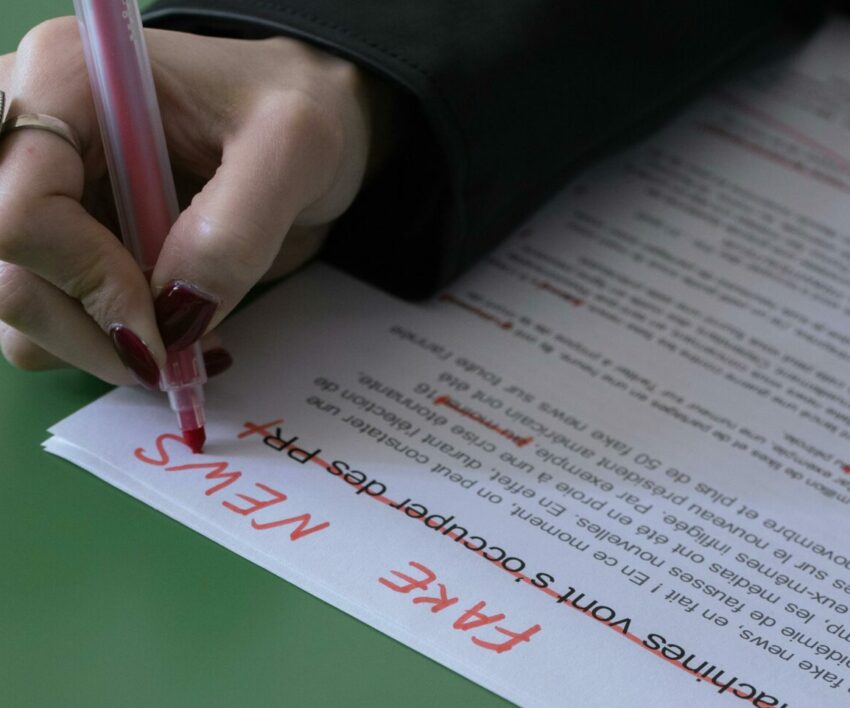
You’re scrolling through your feed, sipping coffee, when you spot it: a dramatic headline claiming the moon is shifting Earth’s gravity and causing mood swings. A thousand shares later, you’re wondering—wait, is this even real?
Welcome to the age of misinformation, where falsehoods fly faster than facts. But don’t panic, there are ways to fight back without becoming a digital hermit. According to Pew Research Centre, more than half of adults say they regularly encounter misinformation online. Whether it’s dodgy health hacks, made-up celeb scandals, or political chaos, the wrong info spreads fast—and can cause real harm.
One effective strategy is slowing down before you share. The MIT Media Lab found that false news spreads more quickly than the truth, often because it triggers strong emotions. If something makes you gasp or rage-scroll, it’s worth double-checking. It is advised that you use fact-checking sites like Africa Check, Snopes, or PolitiFact before hitting “share.”
Also, diversify your sources. Following a range of credible outlets—even ones you don’t always agree with—helps create a more balanced picture. The World Health Organisation recommends “information hygiene” during news-heavy events: avoid doomscrolling, verify facts, and unplug when needed.
And don’t underestimate the power of conversations. Calling out misinformation in a kind, non-judgmental way can make a surprising difference—especially with friends and family.
Misinformation isn’t going away anytime soon, but that doesn’t mean we have to drown in it. With a curious mindset, good digital habits, and a bit of critical thinking, you can stay informed without getting misled.
Because your brain deserves better than clickbait. And so does the truth.




